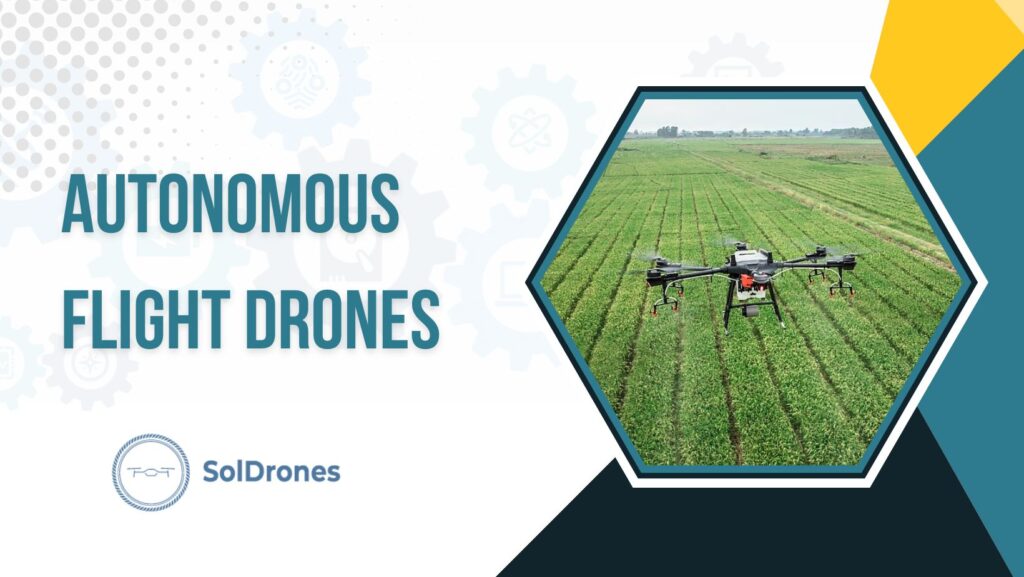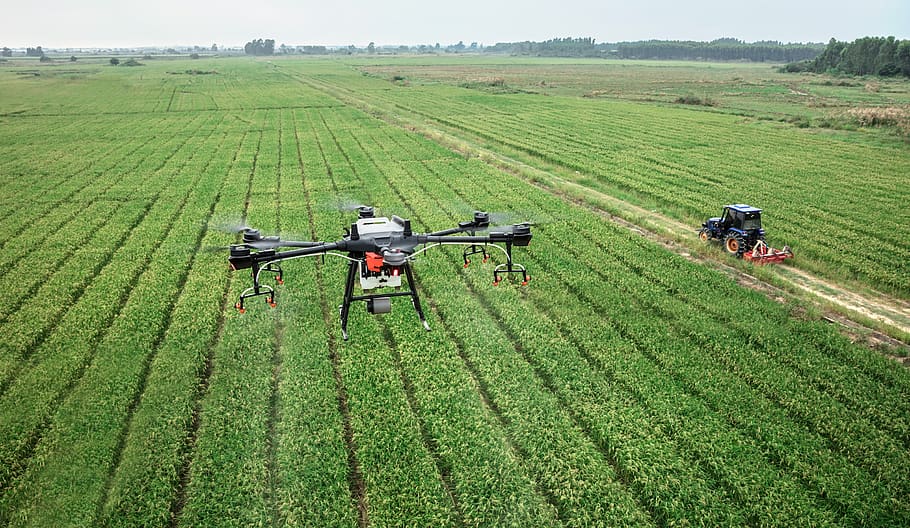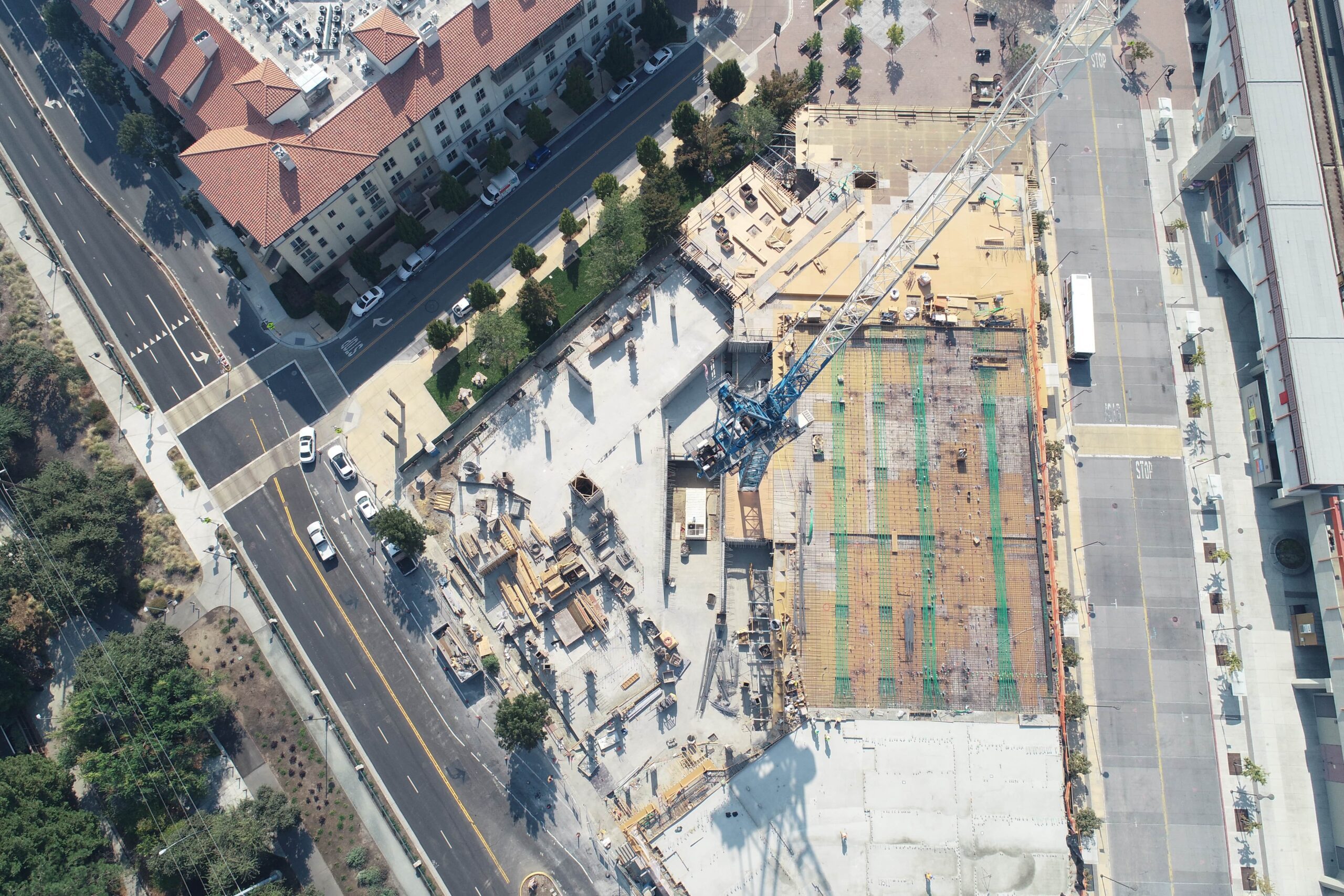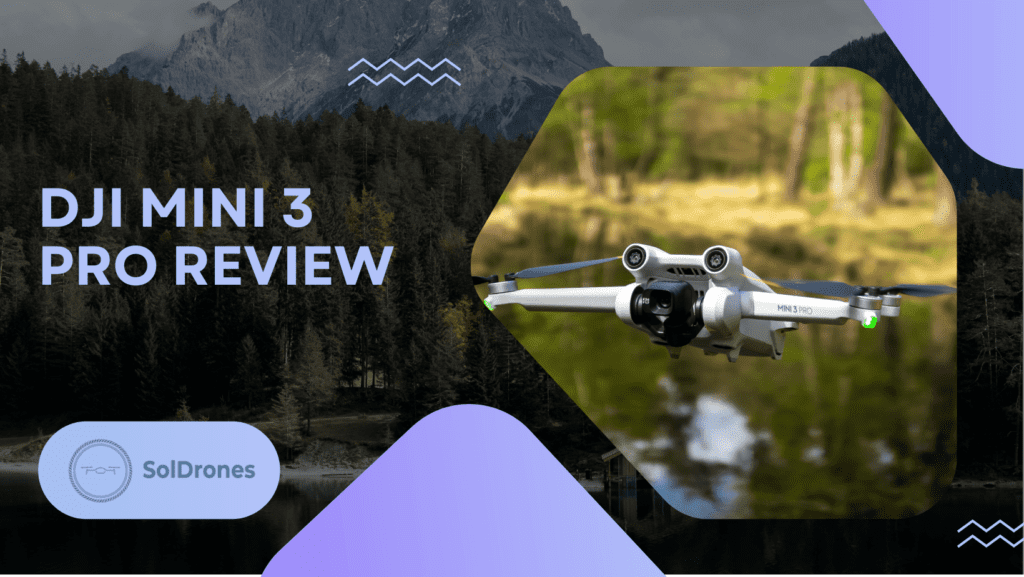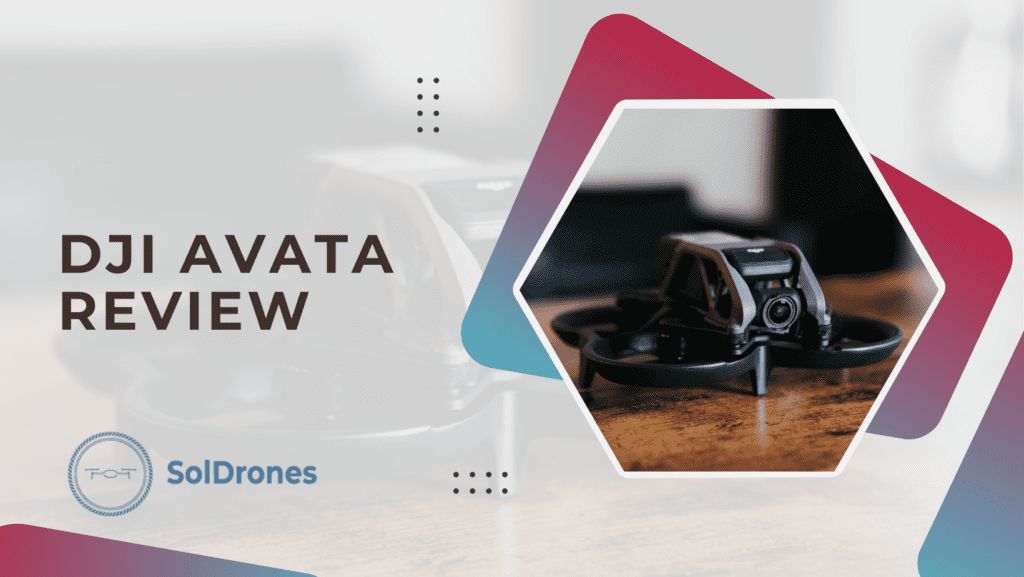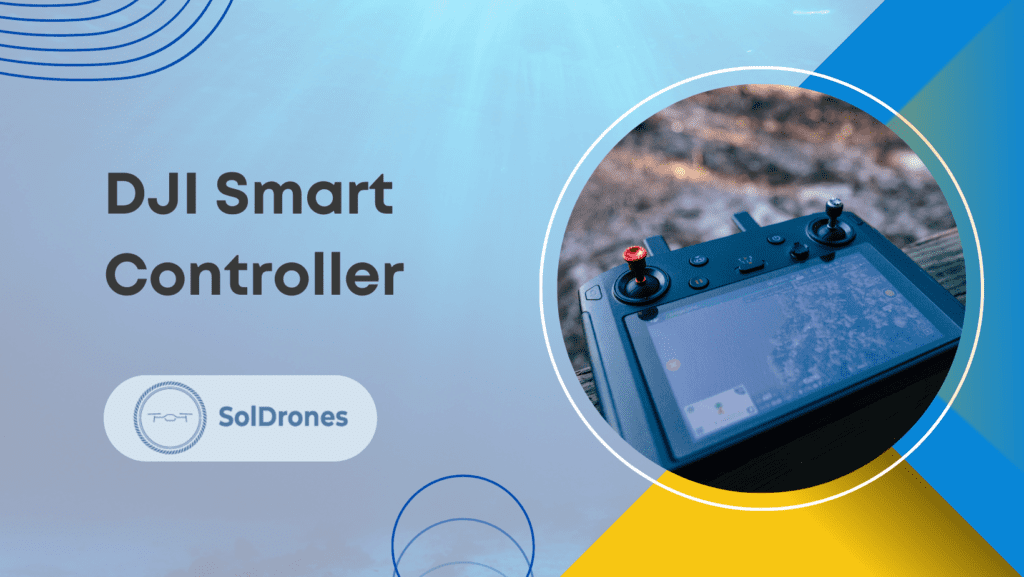In an age where drone technology’s flight is soaring higher than ever, autonomous flight drones are at the forefront of this revolution.
Imagine a world where buildings are inspected, crops are monitored, and people are rescued, all with the meticulous precision of a machine. These drones, equipped with autonomous flight systems, are not just figments of futuristic fiction; they’re here, transforming industries ranging from construction to agriculture.
What are autonomous drones, and why should you care? The answer lies in their unique capability to perform complex tasks that were once the domain of human experts, and they are doing it faster and more efficiently. This article will explore how these remarkable machines work, and more importantly, how they are redefining the way business is conducted across different industries.
Article Highlights:
- Autonomous drones are helping a variety of industries such as construction, safety, energy, and more
- There are important ethical considerations to be aware of as autonomous drones become more mainstream
- Human safety is first and foremost for the use of autonomous drones across industries
What Are Autonomous Drones?
The emergence of autonomous drones, or unmanned aerial vehicles (UAVs), marks a significant milestone. Unlike their remote-controlled counterparts, autonomous drones don’t just follow instructions; they carry out pre-set tasks and adapt to real-time situations without requiring constant human direction.
carry out pre-set tasks and adapt to real-time situations without requiring constant human direction
Their autonomy is quantified on a scale spanning from Level 0, where every action is human-guided, to Level 5, a state of complete self-sufficiency and independence.
Check out this TEDx talk from Andre Becker about the future of autonomous drones
Video Credit: TEDx Talks
This transition from human-operated to self-directed isn’t merely a change in control mechanisms; it’s a paradigm shift in drone operations. The former leans on human prowess, while the latter harnesses the power of intricate algorithms paired with state-of-the-art sensors. This allows autonomous drones to not just follow a specific flight path but to adapt to unexpected situations, even if they’re out of visual line of sight.
The scope of how autonomous drones operate, taking into account their decision-making prowess, goes far beyond merely flying. They can make on-the-spot decisions, considering factors a human might overlook.
Autonomous drone solutions have moved beyond being just intriguing technological novelties. They’re essential tools, paving the way for an age where tasks are executed with heightened efficiency and innovation. The ripple effect of this autonomy can be felt across numerous industries, presenting opportunities and solutions that, just a few years ago, would have been the stuff of science fiction. As these UAVs continue to redefine boundaries, they showcase the boundless potential of integrating intelligence into machinery.
How Autonomous Flight Drones Work
The mechanics behind autonomous flight drones seamlessly weave together a myriad of advanced technologies and methodologies. Central to their operation are tools like Photogrammetry, a method of deducing measurements from photos, LiDAR (Light Detection and Ranging) for precision mapping, and Thermal techniques adept at capturing temperature disparities.
The synthesis of Artificial Intelligence (AI) with computer vision isn’t merely an added feature, but the linchpin of their autonomy. This fusion grants UAVs the capability to collect aerial data, deciphering and engaging with their surroundings, thereby fostering informed decisions driven by live data streams. While human hands have taken a step back during flights, they remain indispensable during the planning, dispatch, and postflight review phases. In these moments, human acumen ensures legal adherence, parameter settings, and the extraction of relevant insights from amassed data.
Incorporating autonomous software not only propels drones to navigate, adapt, and perform intricate operations but also solidifies their role in commercial drone use. As these drones etch their significance across sectors, from construction to search & rescue, they also hint at the potential for lowering operational expenses, ushering in a horizon abundant in both efficiency and groundbreaking innovation.
Autonomous Drones Across Industries
The evolution of technology has always promised to redefine the boundaries of industries, offering innovative solutions and optimizing traditional methods. Among these advancements, autonomous drones stand out as a beacon of transformative change. Marrying sophisticated technology with practical applications, they have begun to influence multiple sectors, altering foundational practices and ushering in an era of efficiency and precision.
Autonomous drones, equipped with advanced data collection capabilities and a knack for boosting operational efficiency, are fostering transformative shifts in multiple sectors.
Agriculture
In the vast fields of agriculture, drone autonomy provides a comprehensive analysis, capturing intricate details of soil health, moisture content, and crop conditions. Such an evolution from traditional practices to data-driven precision agriculture signifies the profound influence of autonomous drone work. Large agricultural conglomerates, as an illustrative example, heavily lean on drones for prompt crop evaluations, thus optimizing yields and streamlining resource management.
Infrastructure Inspection
For infrastructure sectors – be it bridges, utility towers, mining environments, or expansive industrial sites like wind turbines – drones have become nothing short of essential. Beyond their ability to access challenging vantage points out of human reach, they infuse safety and cost-efficiency into inspections. Companies like Terra Drone have redefined the inspection paradigm by leveraging these UAVs, offering a glimpse into the modernized, risk-mitigated, and time-efficient processes they bring to the table.
Construction
Within the construction landscape, drones are not mere technological add-ons but critical players. From pivotal site selections to rigorous site monitoring, drones employ 3D renderings and sharp, detailed imagery. This tech-savviness helps engineers and architects visualize projects with unparalleled clarity. Highlighting this transformative shift, partnerships like the one between Skycatch and leading construction firms have reshaped traditional surveying, unveiling the substantial time and labor savings achievable with drones.
Public Safety
Public safety drones, whether deployed for search and rescue, fire assessments, or accident site evaluations, offer timely and invaluable insights. Especially in challenging terrains or critical situations, their quick response and adaptability are unmatched. Urban fire departments and emergency response units, for instance, regularly tap into the prowess of drones, extracting real-time visuals from crisis epicenters to strategize more effectively.
Oil and Gas
In the high-stakes world of oil and gas, operational insights are the key to maintaining both efficiency and safety. Autonomous drones, with their impressive payload capacity and maximum flight time, have become the industry’s eyes in the sky. Facilities like DelekUS’s Tyler refinery now utilize drones to inspect even the most remote locations, unreachable by humans. Equipped with advanced sensors, these drones not only automate the entire process of routine checks but also deftly detect anomalies, such as temperature fluctuations or leaks. In high-risk scenarios, they provide immediate situational awareness, ensuring a ground-based controller can manage response efforts without any need for on-site personnel.
Ports and Terminals
Ports and terminals, the bustling gateways of global trade, have complex security and operational challenges. Today, with the assistance of drones boasting long flight times, these facilities have significantly enhanced their oversight capabilities. These drones, controlled from a remote location by a ground-based controller, offer continuous aerial monitoring. Their keen AI-infused eyes monitor crane activities, freight movements, and even port peripheries. Their payload capacity allows for swift and comprehensive data collection, instantly alerting about any irregularities. The collaboration between Percepto and CERTUS Port Automation, which brought autonomous drone solutions to giants like the Port of Rotterdam, showcases the potential of these innovations.
Mining
Mining operations, often set in challenging environments, demand precision and safety. Autonomous drones, with their extensive flight time, have become invaluable tools in these terrains. They offer 3D modeling capabilities and can gather critical volumetric data, a boon for firms like Israel Chemical Industries operating near the Dead Sea. Beyond mapping, these drones, equipped with advanced sensors, consistently monitor vast areas, alerting personnel about potential issues, from obstructions on pathways to noise and dust level spikes. Their ability to detect anomalies ensures safer zones pre-explosions, while their data provides in-depth operational insights.
Solar Energy
As the solar energy sector flourishes, the challenges of managing expansive solar farms in remote locations come to the forefront. Enter autonomous drones, designed for maximum flight time and optimal payload capacity. These drones, controlled from afar by ground-based personnel, provide 24/7 surveillance of these vast energy landscapes. Using thermographic imaging, they can spot malfunctioning panels almost instantly through temperature analysis. During the construction of solar farms, drones are instrumental in terrain mapping and precise positioning of solar panels, ensuring that even power lines are strategically placed. The entire process is streamlined, minimizing delays and maximizing efficiency.
With these industries leveraging the multifaceted capabilities of drones, it’s a testament to how technology can reinvent traditional operational frameworks, placing an emphasis on accuracy, safety, and innovation.
Ethical Implications of Autonomous Drones
The surge in autonomous drone usage brings forth complex ethical considerations. While drones can introduce advanced safety measures, there’s always a concern about their ability to make split-second decisions that may involve human lives. Relying solely on machine intelligence, without human input, can lead to unforeseen consequences or moral dilemmas. Additionally, the potential misuse of drones for unwarranted surveillance challenges our notions of privacy. It’s crucial that as drone technology advances, its ethical dimensions are continually evaluated and addressed.
Challenges and Limitations of Autonomous Drones
Autonomous drone technology, while promising, grapples with challenges such as finite battery life and sensitivity to factors like wind direction. Navigating intricate urban terrains, especially during autonomous flight modes, can be perilous due to potential collisions. Current regulatory landscapes also curtail the full potential of commercial drones in certain regions. Ensuring robust safety mechanisms to counteract technical anomalies remains paramount. These obstacles emphasize the evolving nature of drone technology and the need for persistent advancements.
The Future of Autonomous Drones
Autonomous drones are poised to redefine many sectors, navigating a landscape of legal intricacies, technological finesse, and pioneering innovation. Governments worldwide grapple with the challenges of ensuring safety and privacy while also accommodating rapid technological growth. These advancements promise a future where drones exhibit intelligent obstacle detection, complemented by adaptive machine learning algorithms that empower them to make autonomous decisions on-the-fly.
In the realm of aerial photography, drones are expected to elevate the quality and perspectives of captured imagery, proving invaluable for industries like real estate and urban planners. Industrial settings, traditionally dependent on manual labor, are on the cusp of experiencing streamlined operations through drone intervention, driving operational success and pushing businesses forward. Envision a world where emergency medical deliveries aren’t hampered by traffic, or where environmental monitoring is made more efficient through airborne eyes.
Emerging markets, especially in developing nations, eagerly await this wave of automation, sensing the immense potential for growth and efficiency. With these developments on the horizon, it’s evident that the autonomous drone industry isn’t just about taking to the skies; it’s about propelling human progress and vision into the future.
Final Thoughts
As we navigate the dawn of a new technological era, autonomous drones emerge as transformative agents, bridging sectors from agriculture to solar energy with profound innovations. Marrying advanced capabilities like AI with practical applications, they’ve proven invaluable, reshaping industries and operational efficiencies. Yet, as with any burgeoning technology, they carry their own set of ethical implications, challenges, and limitations. Wind direction, battery life, and stringent regulations remind us of the journey still ahead in perfecting autonomous flight modes for commercial drones. The future, however, gleams with potential, promising not just intelligent machines but smarter, safer, and more efficient solutions for myriad challenges. It is evident that while autonomous drones already make a significant impact, their evolutionary trajectory holds even greater promise. As we soar into this future, human ingenuity and vision will continue to be the driving force behind their advancement.
FAQs
What are autonomous drones?
Autonomous drones are unmanned aerial vehicles (UAVs) that can operate without human control. They range in levels of autonomy from Level 0, requiring full human control, to Level 5, which is fully autonomous. These drones are distinct from remote-controlled drones and are becoming increasingly important in various industries.
How do autonomous flight drones work?
Autonomous flight drones work through a combination of technologies such as photogrammetry, LiDAR, and Thermal techniques. Artificial intelligence and computer vision play vital roles in navigation and data processing, while human involvement remains essential in planning, dispatch, and postflight analysis.
What are autonomous drones used for in construction?
In construction, autonomous drones are utilized for site selection, creating 3D renderings, and capturing high-resolution images. They have made a significant impact on the global construction drone market, streamlining processes, and enhancing accuracy and efficiency.
How are autonomous drones applied in agriculture and infrastructure inspection?
Autonomous drones are used in agriculture for comprehensive farmland analysis and have contributed to the growth of the global market for agricultural drones. For infrastructure inspection, they are applied in areas like bridges, mining, utility towers, and wind turbines, providing benefits over traditional methods and contributing to the extensive drone inspection market.
What are the future prospects and challenges of autonomous drones?
The future of autonomous drones is filled with potential growth areas, innovations, and emerging markets. However, it also faces legal and technological challenges that must be overcome. The continuous trends towards automation and innovative solutions present a promising outlook for the industry.

